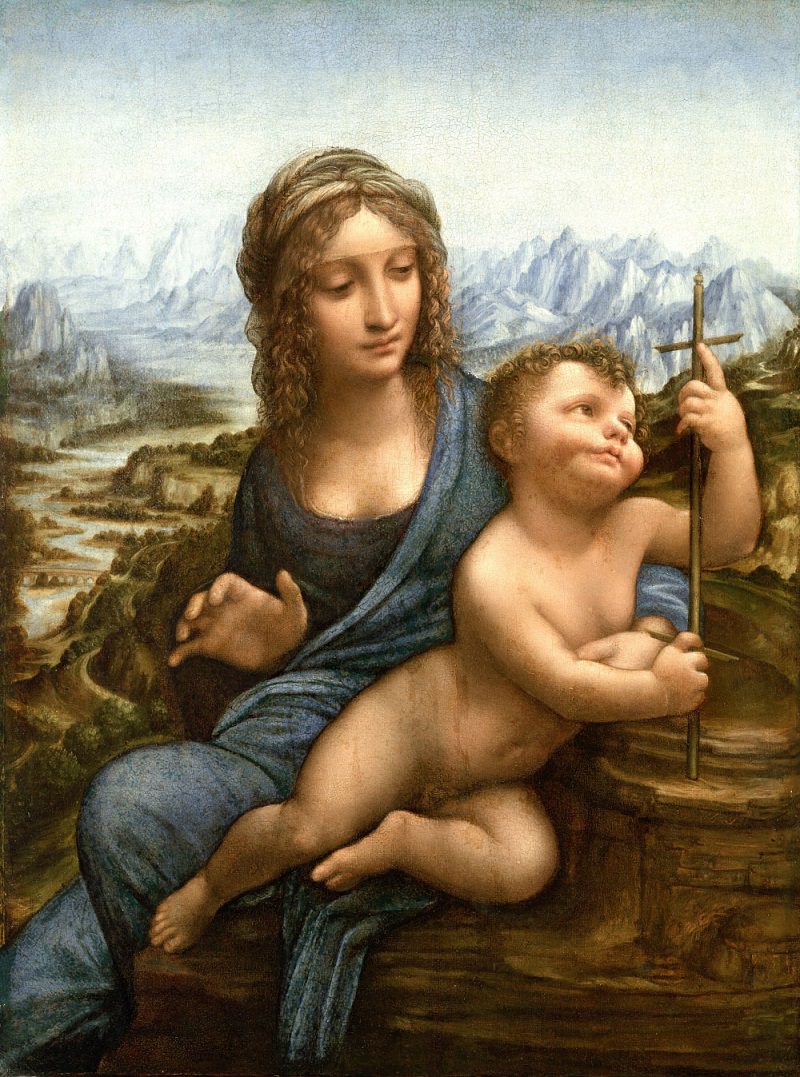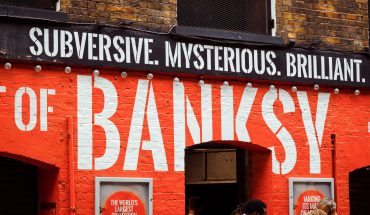The Isabella Stewart Gardner Museum, United States
On the 18th March 1990, two thieves dressed as Boston Policemen demanded entrance to the Isabella Stewart Gardner Museum, claiming to the guard on duty that they were responding to a disturbance. They convinced the man to step away from the alarm button and to fetch his partner. Once both guards were present, the thieves handcuffed both of them and duct taped their hands and feet to pipes in the museum basement. The robbers then proceeded to steal roughly $500 million worth of art, making this the largest art heist of all time. Some of the artworks that were stolen included Rembrandt’s Storm on the Sea of Galilee, Vermeer’s The Concert, and Manet’s Chez Tortoni. None of the paintings were ever recovered, and the empty frames of these pictures are still where they were on the night of the theft, and many visitors to the museum come specifically to see the scene of the crime.
The Stockholm Museum, Sweden
On the 22nd December 2000, armed robbers broke into the Stockholm Museum, and made off with paintings worth $30 million by Rembrandt and Renoir. The thieves created a distraction in the form of two car bombs nearby. Once police responded to the bombs, a gunman holding a semi-automatic gun entered the museum and controlled the staff and visitors, while his accomplices collected two Renoir paintings and a self-portrait by Rembrandt. They then escaped in a boat.
Drumlanrig Castle, Scotland

In August 2003, two robbers pretending to be tourists took the “Madonna of the Yarnwinder” painting off the wall in Drumlanrig Castle, the ancestral home of the Duke of Buccleuch. The Renaissance painting, worth an estimated $35 million, is believed to have been painted by Leonardo da Vinci. Four years later, during a raid of a Glasgow law firm, police recovered the painting, and eight men were charged for the theft. The painting is now on display in Edinburgh at the National Gallery of Scotland.
The Kunsthal Museum, The Netherlands
On the 16th October 2012, Romanian gang members broke into the Kunsthal Museum in Rotterdam and stole seven artworks from renowned painters Matisse, Monet, Picasso, and Gaugin. Despite tripping the museum’s alarm system, the robbers managed to get in and out of the museum in less than three minutes, making off with over $24 million worth of paintings. The paintings were never found, and the mother of one of the thieves claimed to have buried the paintings in various locations, and then later burning them so that the police never found them. The two thieves were sentenced to 8 years in prison.
National Museum of Anthropology, Mexico
On the 24th December 1985, bandits took 140 highly valuable items from the National Museum of Anthropology in Mexico, making it the largest heist of pre-Colombian items in history. The thieves chose a time when they knew the museum guards would be distracted by the holiday festivities, and took several gold, turquoise, and jade pieces, as well as a monkey shaped obsidian vase, valued at over $20 million. Most of the objects were never recovered as they were small and easy to move, making them hard to find.
Whitworth Art Gallery, Manchester
On the 26th April 2003, three paintings worth $8 million by painters Picasso, van Gogh, and Gauguin, were stolen from the Whitworth Art Gallery in Manchester, England. The paintings were placed in a cardboard tube in a disused public restroom, and the next day after police received an anonymous tip off as to their location. When police found the paintings, there was a note stating that the thieves had only taken the artworks to demonstrate the poor security at the museum.
The Louvre, France
On the 21st August 1911, three Italian thieves hid in a supply closet in the Louvre in order to steal the Mona Lisa. One of the thieves, handyman Vincenzo Perugia was the man who has installed the protective glass over the painting. The robbers made off with the painting, and the theft was all over the French newspapers, with many believing that German and American businessmen were buying all of the best artworks from French museums. Due to the publicity the thieves were unable to sell the painting without being caught. Perugia kept the painting in the false bottom of a trunk for over two years until he tried to sell it. Naturally, the police were notified, Perugia was arrested, and the Mona Lisa was returned to her rightful spot in the Louvre, now more renowned than ever.



